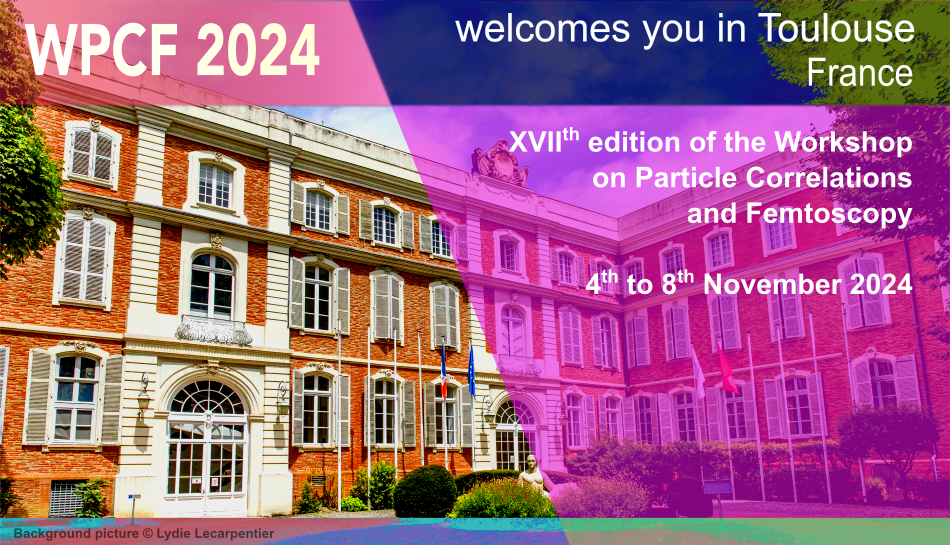Orateur
Description
Three significant anomalies have been observed in the emission of electron- positron pairs in the 7Li(p,e+e−)8Be, 3H(p,e+e−)4He and 11B(p,e+e−)12C nuclear reactions [1-3]. These anomalies have been interpreted as the signature of the existence of a boson (hereafter referred to as X17) of mass MX17 = 16.8 MeV/c2 that could be a mediator of a fifth force, characterised by a strong coupling suppression of protons compared to neutrons (protophobic force).
In this talk is presented a new experimental approach to clarify the present scenario, by searching for the X17 boson in the decay of excited A=3,4 (Tritium, helium-3, helium-4) nuclei through reactions induced by protons or neutrons. The study of the 3He(n,e+e−)4He and 3H(p,e+e−)4He reaction, in a wide energy window and using a detector with a large acceptance, would probe the X17 existence and, if the anomaly is confirmed, it allows for the determination of its quantic numbers. In the case of a positive result, the analysis of the 2H(n,e+e−)3He and 2H(p,e+e−)3H cross section ratio oWers a unique opportunity to shed light on the isospin dependence of the X17- nucleon coupling. The achievable results are discussed on the base of ab- initio calculations, in which the existence of a 17 MeV boson is considered [4,5].
[1] A. J. Krasznahorkay et al., Phys. Rev. Lett. 116, (2016) 042501.
[2] A. J. Krasznahorkay et al., Phys. Rev. C 104, (2021) 044003.
[3] A. J. Krasznahorkay et al., Phys. Rev. C 106, (2022) 061601.
[4] M. Viviani et al., Phys. Rev. C 105, 014001 (2022), arXiv:2104.07808 [nucl- th].
[5] M. Viviani et al., submitted to Phys. Rev. C. arXiv:2408.16744.

